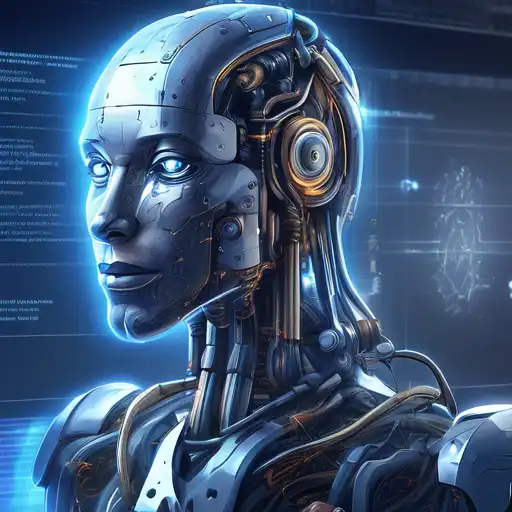Introduction to AI Myths
Artificial Intelligence (AI) is a rapidly evolving field that has captured the imagination of many. However, with its growth, numerous myths and misconceptions have emerged, especially among beginners. This article aims to debunk some of the most common AI myths, providing a clearer understanding of what AI truly is and what it can do.
Myth 1: AI Can Think and Feel Like Humans
One of the most pervasive myths is that AI possesses consciousness or emotions similar to humans. In reality, AI operates based on algorithms and data. It can simulate certain aspects of human thought processes but does not experience feelings or possess self-awareness.
Myth 2: AI Will Replace All Human Jobs
While AI is transforming the job market, the idea that it will replace all human jobs is an exaggeration. AI is more likely to automate repetitive tasks, allowing humans to focus on creative and strategic roles. The future of work will involve collaboration between humans and AI, not replacement.
Myth 3: AI Is Infallible
AI systems are only as good as the data they are trained on. They can make mistakes, especially if the training data is biased or incomplete. Understanding the limitations of AI is crucial for its effective use.
Myth 4: AI Development Is Only for Tech Giants
Another common misconception is that AI development is exclusive to large tech companies. Thanks to open-source tools and platforms, individuals and small businesses can also participate in AI development and innovation.
How to Approach AI as a Beginner
For those new to AI, it's important to start with the basics. Explore online courses, read foundational books, and engage with communities. Remember, learning AI is a journey, and debunking these myths is the first step towards a realistic understanding of its potential and limitations.
Conclusion
AI is a powerful tool that, when understood and used correctly, can offer significant benefits. By debunking these common myths, beginners can approach AI with a more informed and realistic perspective, paving the way for meaningful engagement with this transformative technology.
